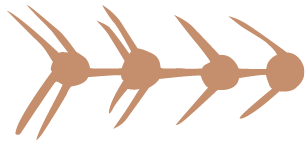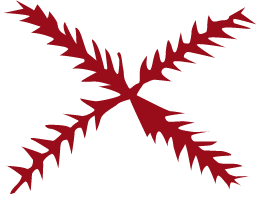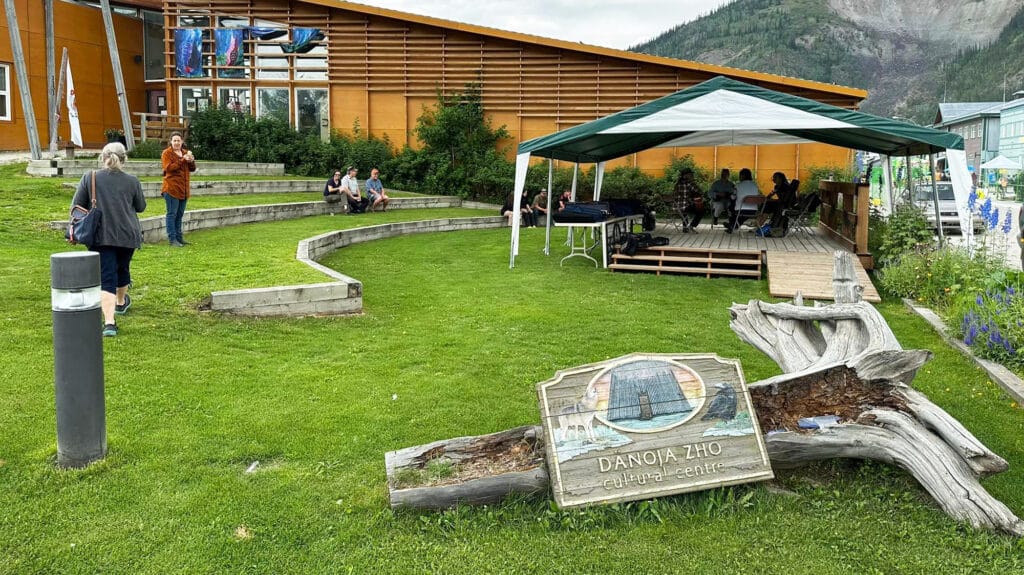Our history


Our Tr’ondëk Hwëch’in history is rich and spans thousands of years. The earliest physical evidence of First Nations in the area now known as Dawson, dates back 11,000 years, with artifacts found in the Moosehide area dating back 8,000 years. Our traditional territory covers a vast area extending from the Yukon River valley to the sub-alpine tundra of the Blackstone Uplands.
The land presently known as the Yukon Territory is the ancestral home to many different First Nations. Often, these peoples are identified according to their linguistic roots, many of which are derived from the Athapaskan family of languages. The speakers of the Hän language lived in an area around the Yukon River drainage in the western Yukon and eastern Alaska. In the late 19th century, there were three main groups of Hän: two in Alaska and the third group, the Tr’ondëk Hwëch’in, based at the mouth of the Klondike or Tr’ondëk River.
“The name, Tr’ondëk Hwëch’in, tells the story of our ancestral occupation of the ancient site located at the mouth of present-day Klondike on the left limit. Tr’o means hammer rock used to drive the salmon weir stakes into the mouth of the river, ndëk is the “river” part and Hwëch’in means the “people”. Liberally translated, it means: “the people who lived at the mouth of the Klondike.”” – Gerald Isaac, February 1999
In 1851, European explorer and trader Robert Campbell traveled through our Hän territory, followed by the construction of Fort Reliance in 1874, the first trading post in Tr’ondëk Hwëch’in Traditional Territory. This was the beginning of a period of significant change and upheaval for the Tr’ondëk Hwëch’in. The discovery of gold by European explorers on the Chʼëdäh Ndëk (Fortymile River) in 1886 brought an influx of newcomers to our lands. Shortly after that, even more gold was located Chʼëchozhùʼ Ndëk (Rabbit Creek, later renamed Bonanza Creek) in 1896, triggering the largest gold rush stampede in history. Some 30,000 newcomers arrived to our traditional territory, fundamentally changing the balance of the land. Miners and other settlers displaced the Tr’ondëk Hwëch’in from our fishing camp at Tr’ochëk, with Chief Isaac leading our move to Moosehide. In 1900, a reserve was created at Moosehide for the use of our people.
In the 1960s and 1970s, First Nations people gained the right to vote in federal and territorial elections, respectively. In 1973, we, the Tr’ondëk Hwëch’in, along with other Yukon First Nations, presented a comprehensive land claim to the Canadian government. The Yukon Land Claim Agreement-in-Principle was signed in 1993, leading to the final agreement in 1998. We reclaimed our original name, Tr’ondëk Hwëch’in.
Today, we exercise self-government, having signed a self-government agreement, which grants us the ability to form governing bodies and make laws and regulations for our people and our lands.

